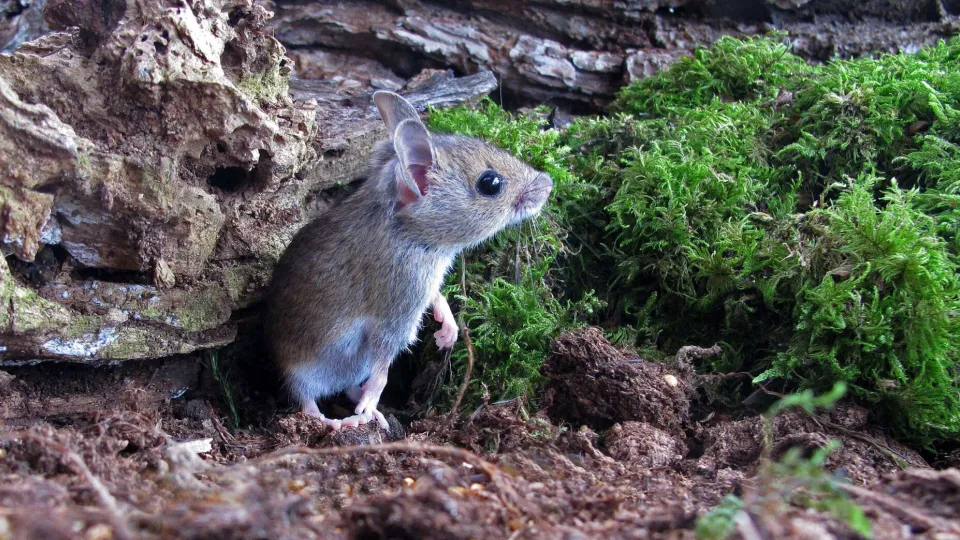
Wood mouse
The tiny, brown wood mouse is one of our most common rodents and is very likely to be found in the garden. It is similar to the house mouse, but has larger ears and eyes relative to its size.

The tiny, brown wood mouse is one of our most common rodents and is very likely to be found in the garden. It is similar to the house mouse, but has larger ears and eyes relative to its size.
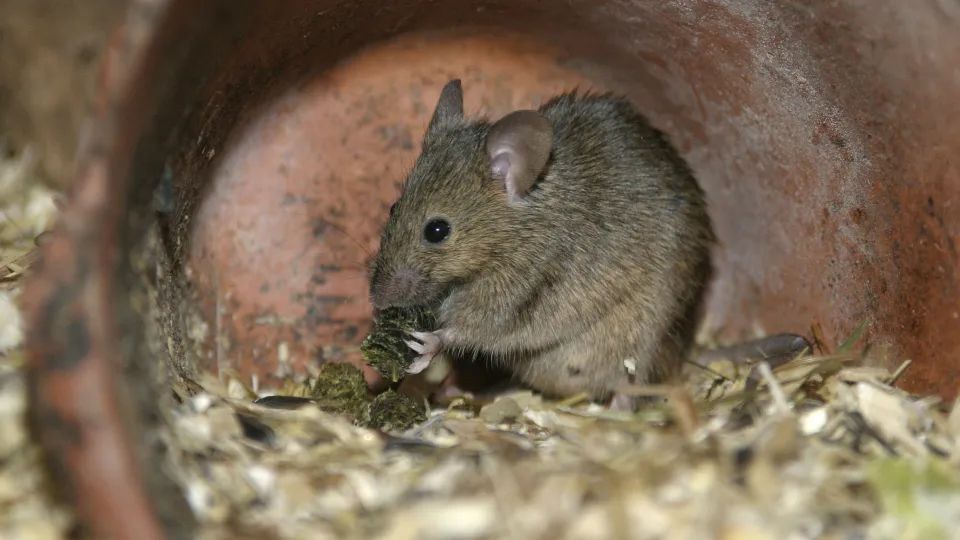
The tiny, grey-brown house mouse is one of our most successful mammals. It thrives around buildings but is less likely to be found in our houses these days due to better construction.
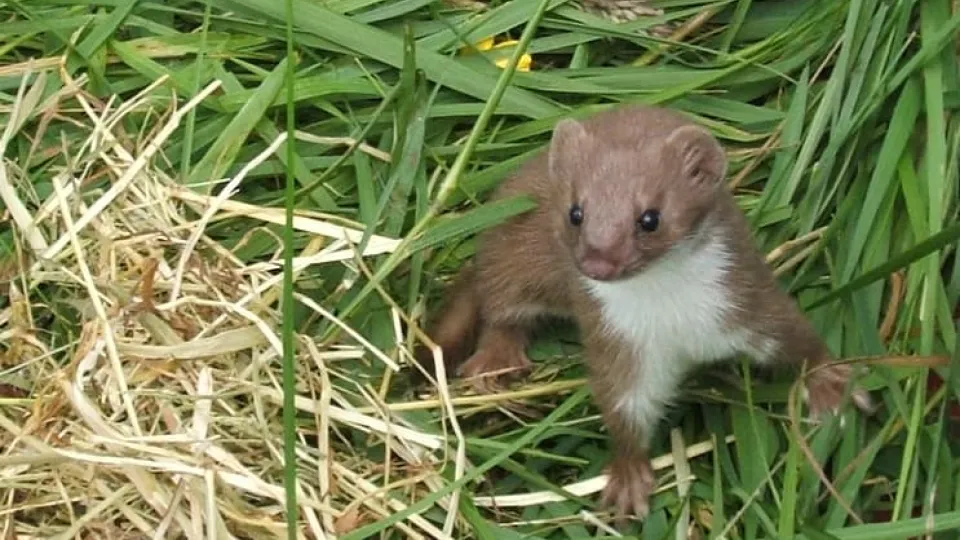
Weasels may look adorable, but they make light work of eating voles, mice and birds! They are related to otters and stoats, which is obvious thanks to their long slender bodies and short legs.
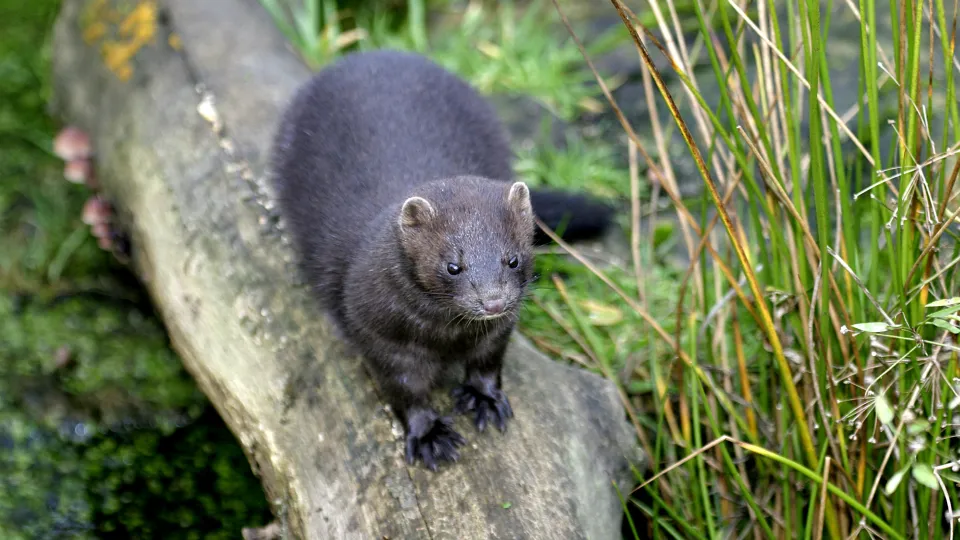
Escaped or intentionally freed from fur farms in the 1960s, the American mink is now well established in the UK. Its carnivorous nature is a threat to our native water vole and seabird populations.
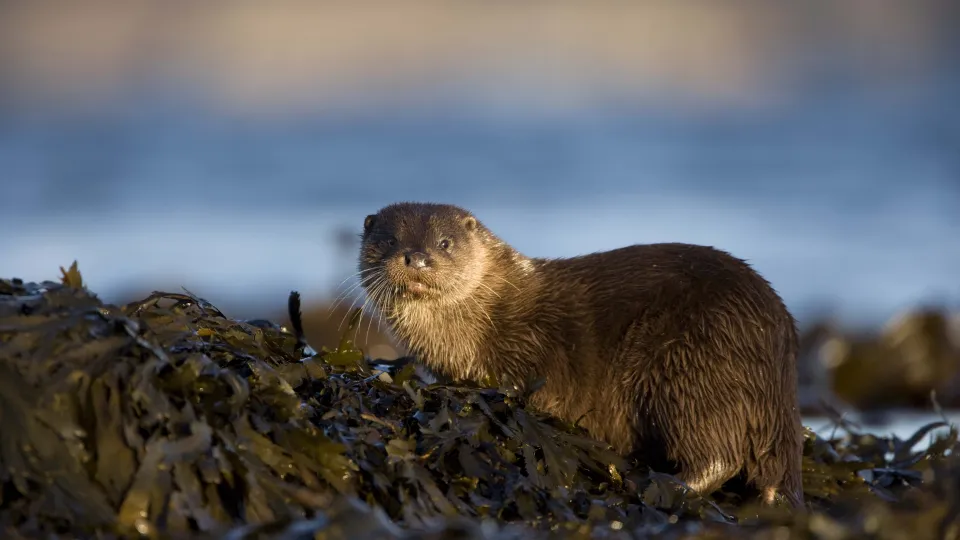
The sinuous otter is an excellent swimmer and can be seen hunting in wetlands, rivers and along the coast - try the west coast of Scotland, West Wales, the West Country or East Anglia for the best views.
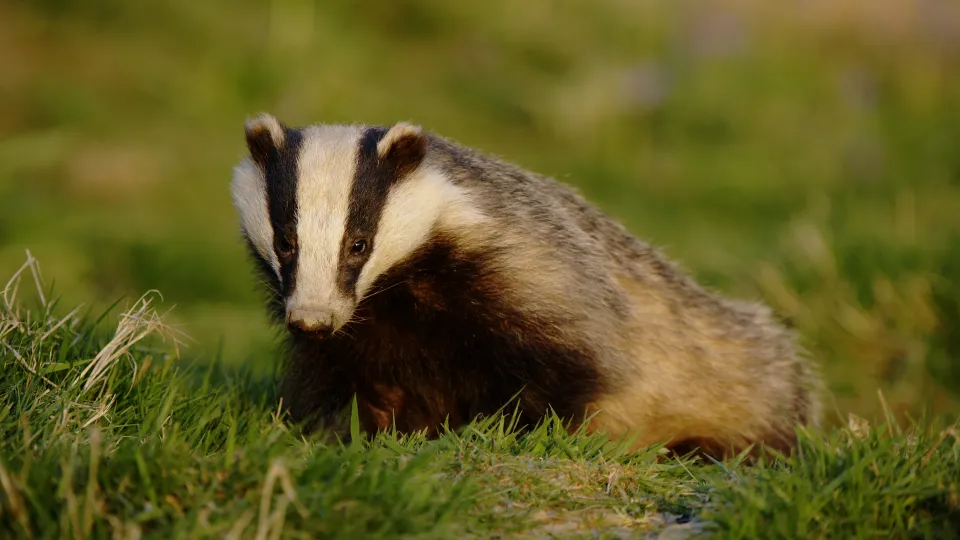
Badgers are the UK’s largest land predator and are one of the most well-known British species. They are famed for their black and white stripes and sturdy body, using their strong front paws to dig for food and to perfect their hobbit-like burrows, called ‘setts’.
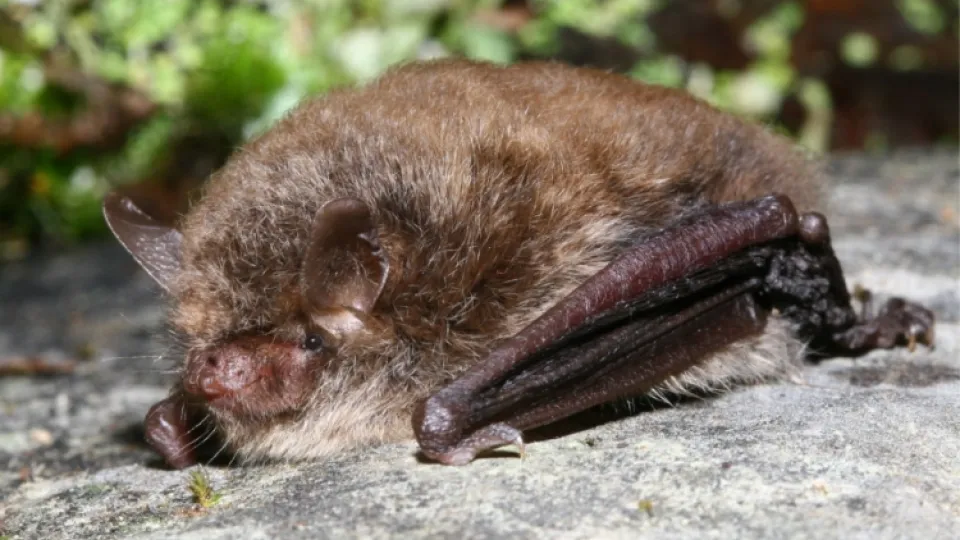
The Alcathoe bat was 'discovered' in the UK in 2010 when it was confirmed as a separate species to the very similar whiskered and Brandt's bats. Little is known about its range and habits, but it can be found in wooded areas.
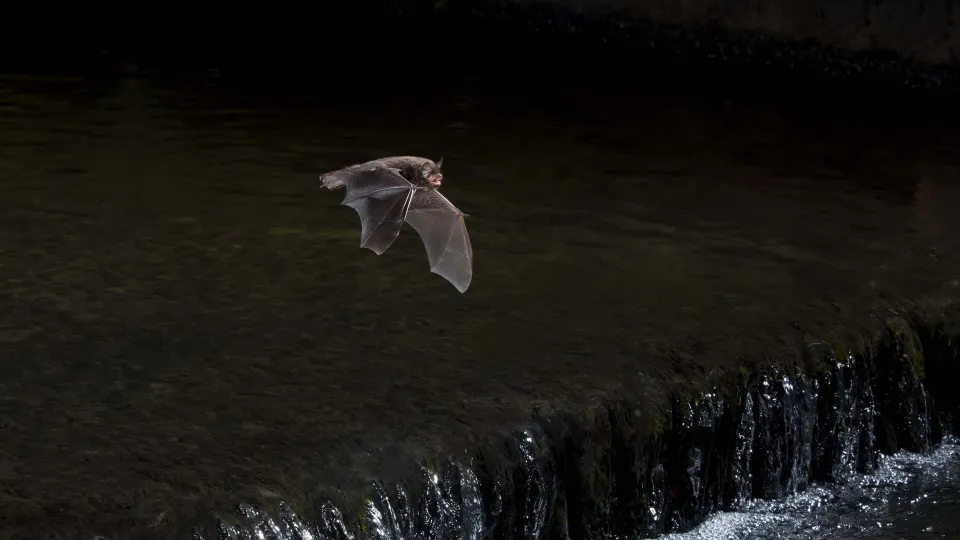
Look out for the Daubenton's bat foraging over wetlands across the UK at twilight. Its flight is fast and agile as it skims the water's surface for insect-prey.
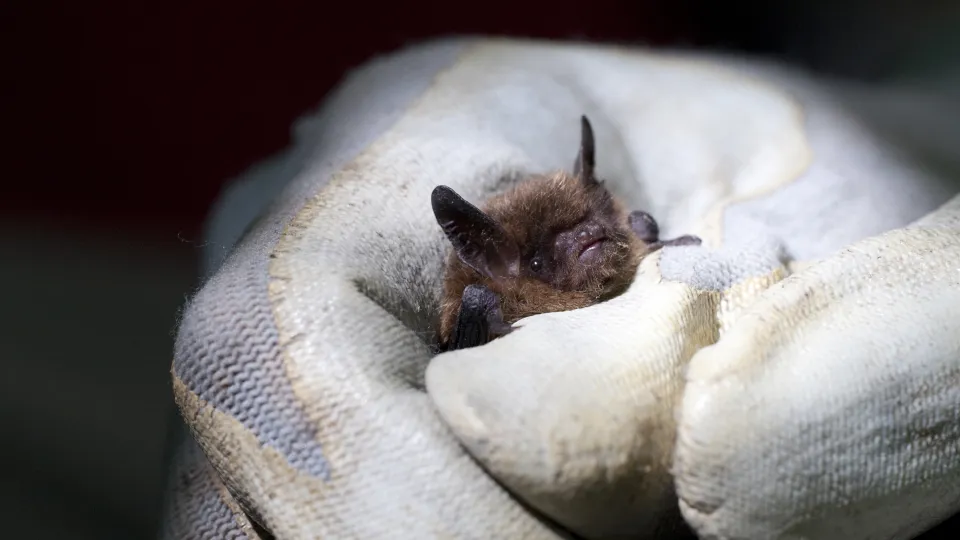
The small, shaggy-furred Brandt's bat roosts in all sorts of houses, old or modern. It is similar to the whiskered bat and they often roost together, but in separate colonies. It feeds low to the ground in woodland and near water.
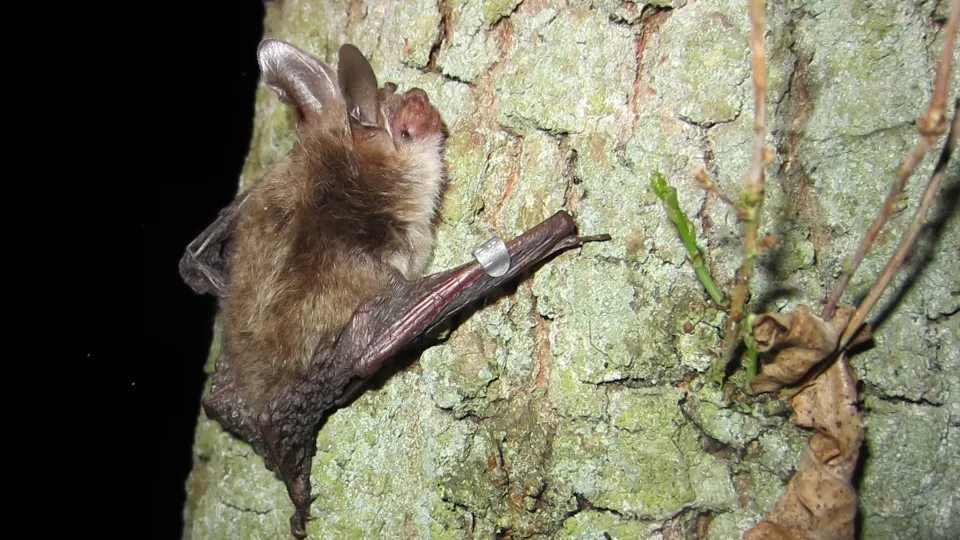
The Bechstein's bat is a very rare bat that lives in woodland and roosts in old woodpecker holes or tree crevices. Like other bats, the females form 'maternity colonies' to have their pups.